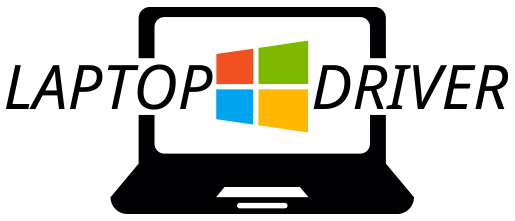
How Does Predictive Maintenance Learn And Alert Us

To implement predictive maintenance and also to meet the demands of Thermolympic it is necessary to have algorithms that are continuously learning and that improve models and this is where Artificial Intelligence and Deep learning algorithms come in.
Deep Learning architectures and methods are often defined as a class of Artificial Intelligence neural networks in which a high number of layers and neurons allow the abstraction of more complex problems and support other characteristics such as unsupervised learning ability or automatic feature extraction.Among the Deep Learning methods, the recurrent neural networks (RNN) stand out, which are usually used when the data is treated as a sequence, where the particular order of the data may be important. Furthermore, these networks can be combined with other types, such as with Convolutional Neural Networks (CNN) to generate and create new models with which to respond to the problem of predictive maintenance.
The Work Process To Deploy Deep Learning Algorithms For Predictive Maintenance In The Plant
- First of all, all the data that is being contemplated is imported and stored, making the necessary transformations in them.
- The second step is to make an effective exploration of this set of historical data prior to developing the models that define the variables on which to act and which will allow trends and patterns to be identified.
- Once we have the model, it goes to the training phase and when it is sufficiently tested it is deployed in the real environment so that it works with the new data that is generated and can perform predictive maintenance by generating the necessary alerts (early alerts of failure or decrease in the quality of the parts produced) in case the predicted metrics exceed the defined thresholds.
The efficiency of predictive maintenance in the industry makes it indispensable in industrial solutions.


